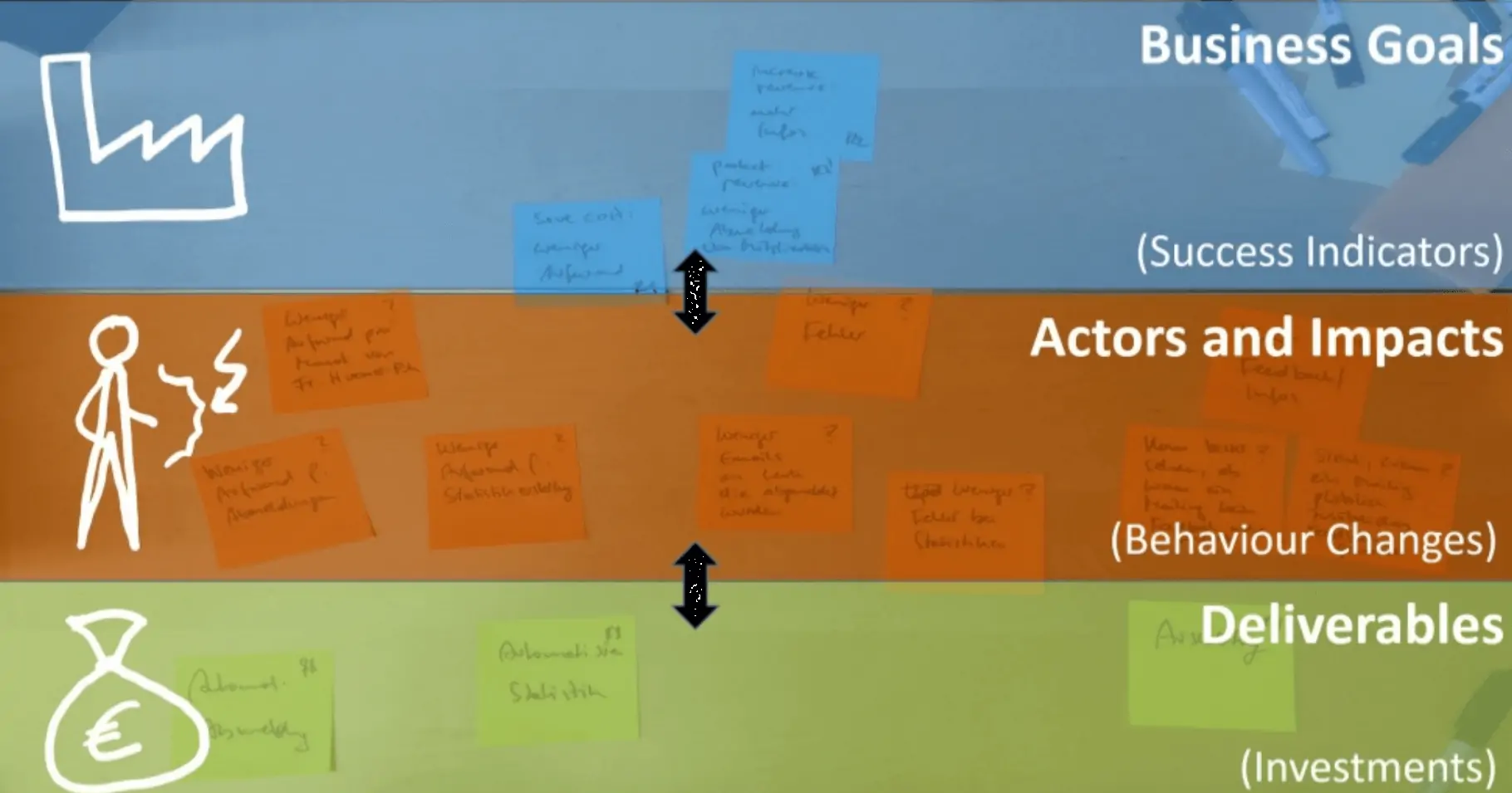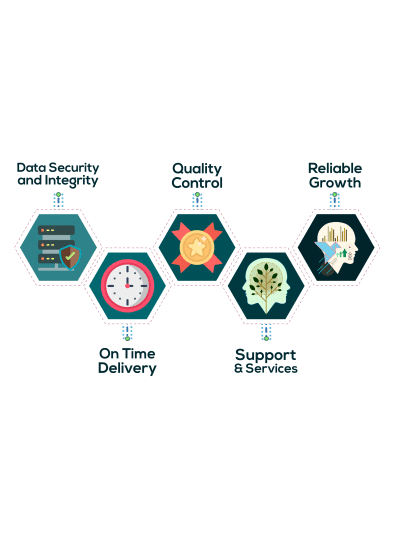
The Impact of Strategy Mapping Software on Organisational Success
In today’s business environment, companies are continuously exploring ways to enhance their performance and secure success. A modern tool that has recently gained prominence is strategy mapping software. This technology is designed to optimize planning and execution processes. It has been increasingly adopted across various sectors. This article will delve into the effects of strategy mapping software on success, examining its advantages and real-world applications.
Enhancing Strategic Planning:
Strategy mapping software offers a framework that helps organizations articulate their objectives more clearly. Breaking down strategies into goals and initiatives enhances overall clarity for decision-makers at every level. This improved clarity fosters a shared understanding of the organization’s direction and acts as a guide for strategic choices.
Enhancing Communication:
Effective communication plays a crucial role in any organization. Strategy mapping software streamlines communication by providing a platform where relevant stakeholders can access plans and associated information easily. This accessibility breaks down barriers between departments and encourages teamwork among teams, ensuring that everyone is working towards a common objective.
Coordinating Departments:
In companies with departments or business units, ensuring alignment among different teams can pose a challenge. Strategy mapping software provides a solution by linking goals and actions across functions, promoting consistency in working towards objectives. By offering a view of connections between tasks and features for tracking progress, employees are encouraged to collaborate toward shared goals.
Improving Performance Evaluation:
Evaluating performance based on established metrics is essential for assessing advancement and making informed choices. Strategy mapping software equips organizations with the tools to visually monitor key performance indicators (KPIs). With real-time updates on the status of KPIs compared to target values, decision-makers can swiftly pinpoint areas that diverge from planned results and take action accordingly.
Promoting Responsibility:
Responsibility plays a role in the success of an organization. Strategy mapping software enhances accountability by assigning duties to individuals or teams for each initiative. By defining ownership, employees are held responsible for driving progress and attaining desired results. Furthermore, the transparency facilitated by strategy mapping software ensures traceability, simplifying the identification and resolution of any obstacles or performance discrepancies.
Empowering Evidence-Based Decision Making:
Making decisions based on data has become a characteristic of thriving organizations in today’s age. Mapping software for strategies integrates data analysis features, empowering decision-makers to access information and insights. This functionality enables organizations to make decisions based on evidence rather than assumptions, promoting a culture of informed decision-making across the company.
Driving Continuous Improvement:
In a business landscape, organizations need to be agile and adaptable to stay competitive. Strategy mapping software plays a key role in fostering a culture of improvement by offering tools for ongoing monitoring and evaluation. Through assessment of initiative effectiveness, capturing lessons learned, and adjusting strategies accordingly, companies can consistently refine their approach for long-term success.
Optimizing Resource Allocation:
Effective resource allocation is essential for achievement. Strategy mapping software simplifies resource allocation procedures by providing a view of initiatives and projects. This visibility allows decision-makers to pinpoint areas where resources are used efficiently and where adjustments may be beneficial. With a holistic understanding, organizations can strategically allocate resources by redirecting them towards initiatives that align with objectives and deliver returns on investment.
Encouraging Flexibility and Agility:
In today’s fast-paced business world, adaptability and agility are vital for navigating uncertainties. Strategy mapping software enhances these qualities by enabling adjustments and realignments of strategies as situations change through features such as scenario planning and “what if” analysis. Decision-makers can evaluate consequences and develop alternative actions in response to unexpected challenges or changes in market conditions. This adaptability empowers organizations to remain agile and adapt their strategies as necessary to uphold their advantage.
Conclusion:
The impact of strategy mapping software on success is significant because it improves planning processes, enhances communication channels, aligns departments, refines performance measurement practices, fosters accountability, promotes data-driven decision-making, and supports improvement initiatives. This technology has demonstrated its value across diverse sectors. Organizations that utilize strategy mapping software position themselves for increased efficiency and competitiveness in today’s dynamic market environment. Embracing technology as a facilitator of success is essential for staying ahead in the rapidly evolving business landscape.



